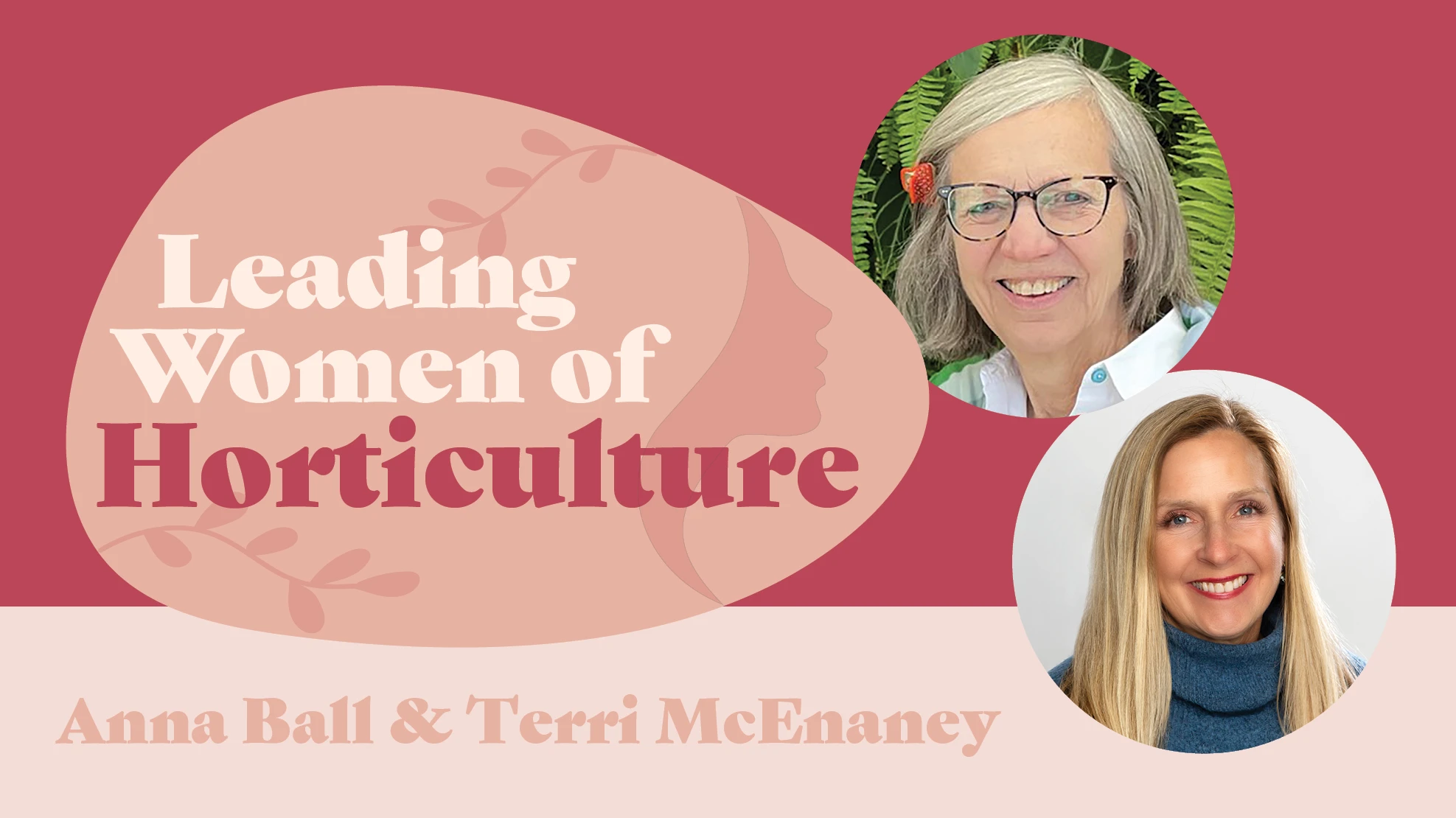
Each year, we survey retailers from across the U.S. and Canada to assess the overall health of the industry. During the past three years, results from our annual State of the Industry Report have revealed that after the challenges and turmoil of the Great Recession, for the most part, retailers are rebounding and sales are steady. There hasn’t been much year-to-year change in sales and trends in our reports from 2013 to 2015. But as we all know, in any given year, independent garden centers can experience different levels of spring, summer and fall sales success depending on the local economy and weather because conditions across the country vary. Spring can start at any time between from February and May. Local tastes and trends differ.
That’s why this year, we decided to look at survey results from the State of the Industry Report a little differently. Starting on page 14, our report begins with the overall findings from the study like we’ve done in years past, but we also divide our survey results by region in the U.S. (and country), to examine how the West, Midwest, South, Northeast and Canada answered questions similarly or differently. Some findings were interesting but not surprising, like the fact that indoor gardening is bigger in areas with shorter warm seasons, like Canada, or that colder regions reported a higher percentage of departments like apparel and gift stores to combat the seasonality of garden retail. We’re also aware of the popularity of cacti and succulents, but we were surprised to find out that these plants were such a dominant category across the U.S. Despite differentiation, plants are king in all regions, but which plants are most popular does depend on where you are in the country.
As part of our State of the Industry issue, we also sought the advice of industry experts like Leslie Halleck (page 50), Sid Raisch (page 88) and Ellen May (page 86), who weigh in on the health and future of the independent garden center industry.
During our conversation, May said that what makes independent garden center retailers so great is their individuality, and I think we can all agree on that. Unlike big boxes like Home Depot and Lowe’s, which are homogenized and look and feel the same no matter where you live, IGCs are wonderfully diverse, partly because they cater to their local communities. We hope to respect that independent, unique and local spirit in our 2016 State of the Industry Report by presenting our results regionally, so that you can discover both what makes independent garden centers different, and what they all share.
Michelle Simakis

Explore the November 2016 Issue
Check out more from this issue and find your next story to read.
Latest from Garden Center
- Society of American Florists accepting entries for 2025 Marketer of the Year Contest
- Sustainabloom launches Wholesale Nickel Program to support floriculture sustainability
- American Horticultural Society welcomes five new board members
- Color Orchids acquires Floricultura Pacific, becoming largest orchid supplier in U.S.
- American Floral Endowment establishes Demaree Family Floriculture Advancement Fund
- The Growth Industry Episode 3: Across the Pond with Neville Stein
- Proven Winners offers Certified Garden Center Training for staff education
- Digging In Association hosts inaugural Platinum Trowel Awards at winter conference






